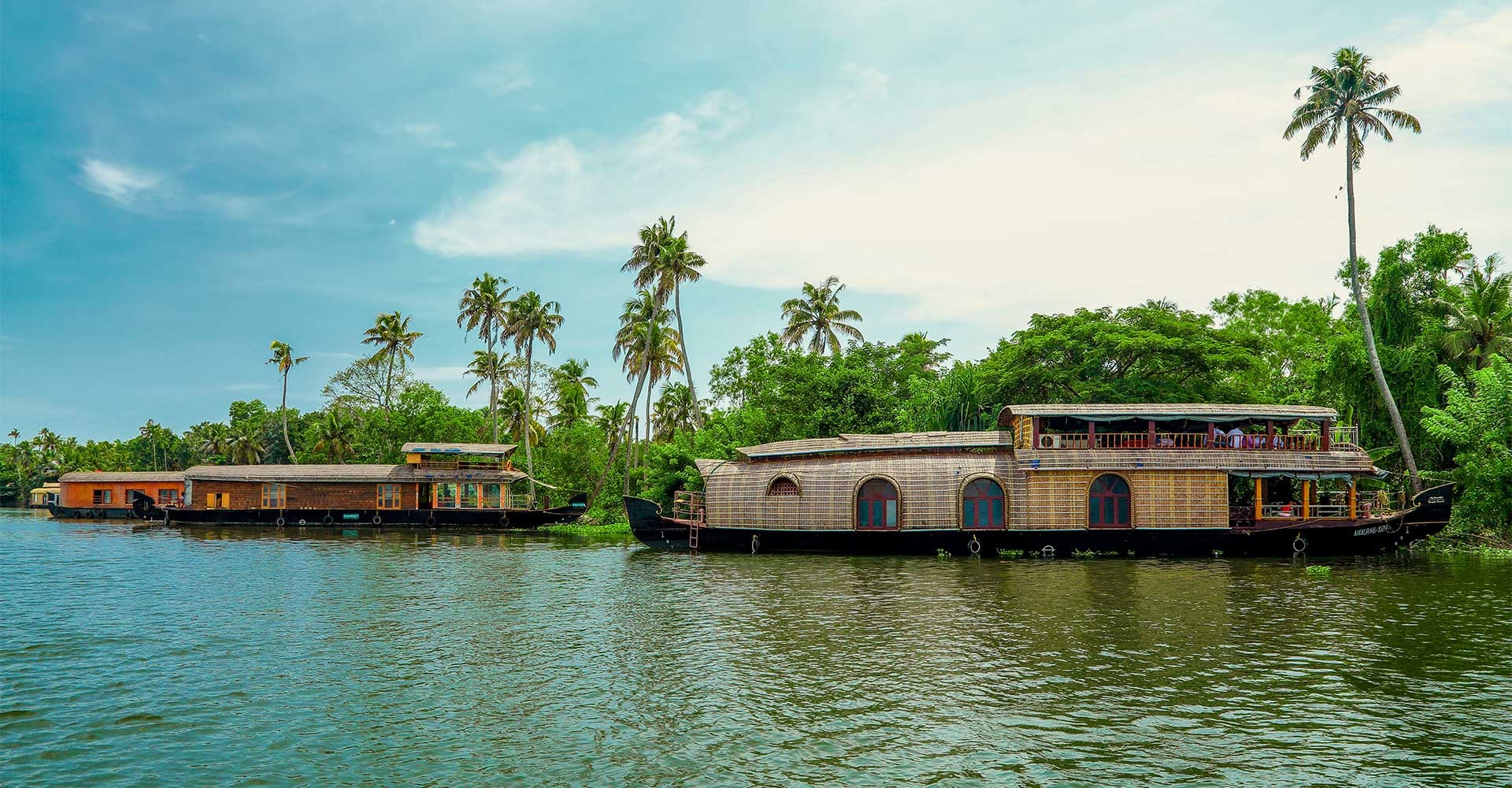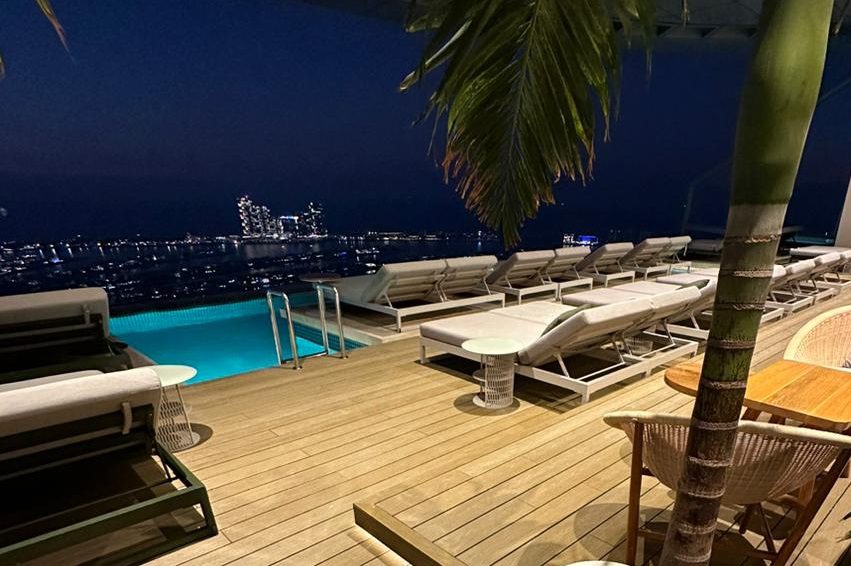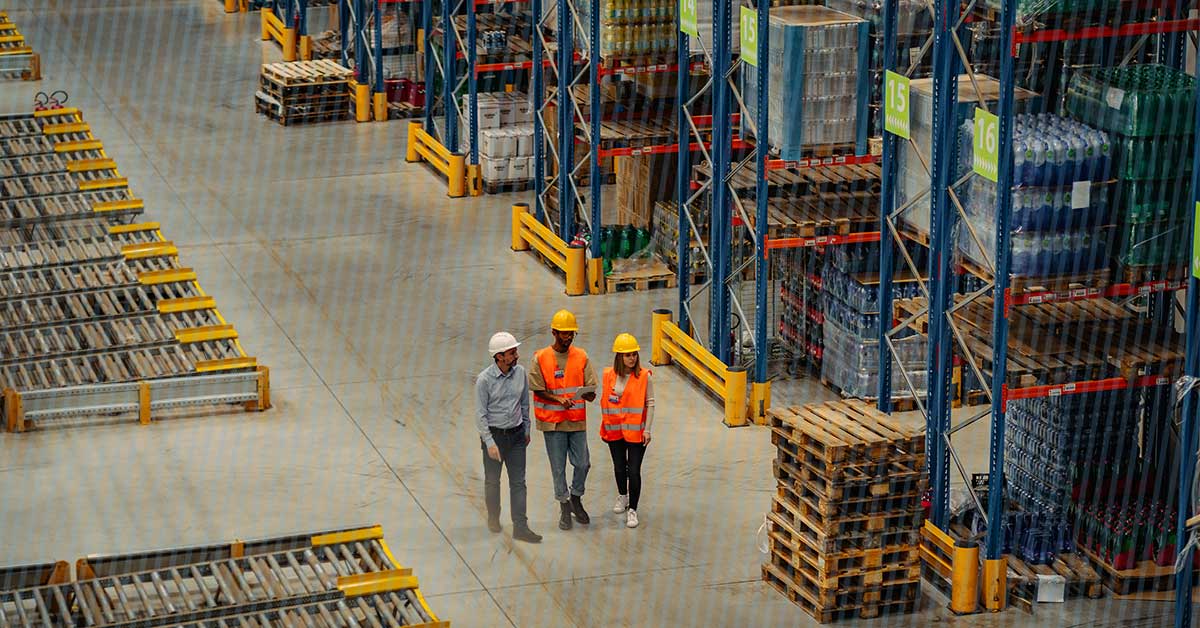Car Puja Kit: Blessings for Your Journey
In many cultures around the world, the act of blessing vehicles before their first journey or as a regular practice is deeply rooted in tradition and spirituality. These rituals, often known as car pujas, aim to invoke divine protection, ensure safety on the roads, and bless the vehicle for auspicious beginnings and smooth travels. The concept of a car puja kit encapsulates the essential items needed to perform such rituals conveniently and effectively.
Understanding the Significance of Car Pujas
Car pujas are prevalent in various cultures, including Hinduism, Buddhism, and even in some Christian traditions. They are conducted to seek blessings from deities or spiritual figures associated with protection and safe travels. The ritual typically involves the chanting of prayers, offering of flowers, fruits, and other symbolic items, and the application of vermilion (kumkum) and turmeric (haldi) paste on the vehicle as a mark of blessing and protection.
The belief behind car pujas is that vehicles, like any other possession, should be treated with reverence and gratitude. By invoking divine blessings through these rituals, individuals aim to ensure the safety of passengers and drivers, protect against accidents, and promote smooth journeys free from obstacles.
Components of a Car Puja Kit
A car puja kit typically includes a selection of items necessary to perform the ritual effectively. While specific contents may vary based on cultural or regional practices, common components often found in these kits include:
- Idols or Images: Small images or idols of deities such as Lord Ganesha (the remover of obstacles), Goddess Saraswati (goddess of wisdom), or Lord Hanuman (known for strength and protection) are commonly included.
- Incense Sticks and Camphor: Used to purify the surroundings and create a sacred atmosphere during the ritual.
- Vermilion and Turmeric: These are applied to the vehicle as auspicious markings, symbolizing protection and blessings.
- Rice: Often used in rituals to sprinkle around the vehicle or offer as part of prayers.
- Coconut: Symbolizes prosperity and good fortune, often broken as an offering during the ritual.
- Sandalwood Paste: Applied to the vehicle or idols as a mark of respect and auspiciousness.
- Offering Trays and Plates: Used to hold the items during the puja and for offering to the deity.
- Prayer Booklets or Mantras: Instructions or booklets containing prayers and mantras specifically designed for car pujas.
Performing a Car Puja
Performing a car puja involves a sequence of steps that vary slightly based on individual beliefs and traditions. Here’s a general outline of how a car puja is conducted:
- Preparation: Select a clean and quiet location for the puja. Park the vehicle facing east or north, considered auspicious directions in many traditions.
- Invocation: Begin by invoking the presence of the deity or spiritual figure you wish to seek blessings from. This can be done through prayers and chanting of mantras.
- Offerings: Place the idols or images of deities on a clean cloth or plate. Light the incense sticks and camphor, and offer flowers, fruits, and other items to the deities as a mark of respect and devotion.
- Markings: Apply vermilion and turmeric paste on the vehicle’s forehead (near the headlights) and on other significant parts like the steering wheel, doors, and engine. This is done to symbolize protection and blessings.
- Prayers and Mantras: Chant prayers and mantras specific to car pujas, seeking divine blessings for safe travels, protection against accidents, and smooth journeys.
- Conclusion: Conclude the puja with gratitude and prayers for the well-being of all travelers who will use the vehicle. Distribute prasad (blessed food) among participants and sprinkle holy water (if available) around the vehicle for further purification.
Benefits of Performing a Car Puja
The practice of conducting a car puja offers several benefits beyond the spiritual realm:
- Safety and Protection: Believers feel a sense of reassurance and protection knowing that their vehicle has been blessed by divine forces.
- Peace of Mind: Performing rituals like car pujas can alleviate anxiety and instill confidence in drivers and passengers.
- Cultural Preservation: It helps in preserving cultural traditions and passing down rituals from one generation to another.
- Community Bonding: Car pujas are often performed in communities or families, fostering a sense of unity and shared values.
The Role of Technology and Convenience
With the advent of online platforms and e-commerce, obtaining a car puja kit has become more accessible than ever before. Many online stores offer curated kits containing all the necessary items for performing rituals, catering to diverse cultural and regional preferences. This convenience ensures that individuals can uphold their traditions without the challenges of sourcing specific items from different locations.
Conclusion
In conclusion, a car puja kit serves as a practical and meaningful way to imbue one’s vehicle with blessings and protection before embarking on journeys. By following time-honored rituals and invoking divine blessings, individuals not only ensure the safety of their vehicles but also cultivate a deeper connection to their cultural heritage and spiritual beliefs.
Whether performed as a customary practice or as a heartfelt gesture of reverence, the car puja ritual underscores the universal desire for safety, well-being, and auspicious beginnings in all aspects of life’s journeys. Embracing such rituals reaffirms the enduring value of tradition in a modern world, offering solace and spiritual fulfillment to believers and participants alike.







